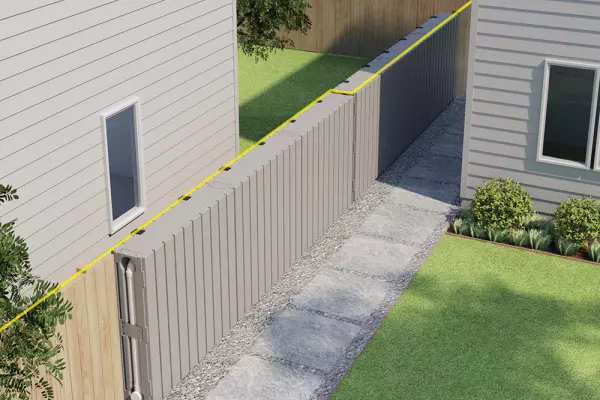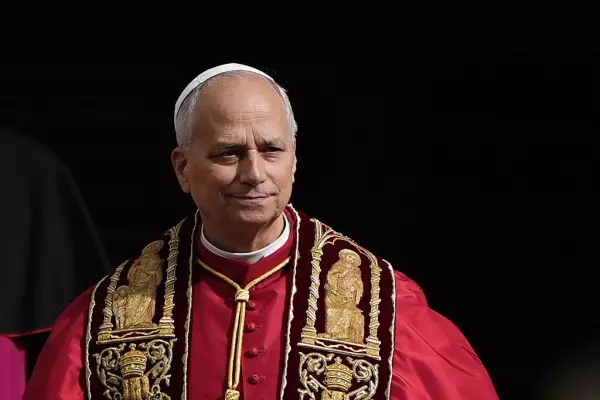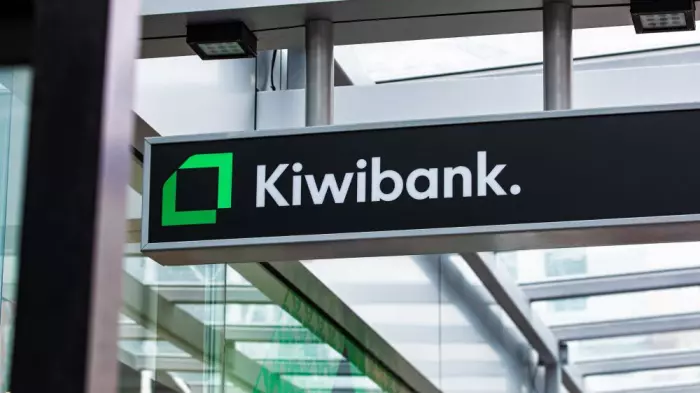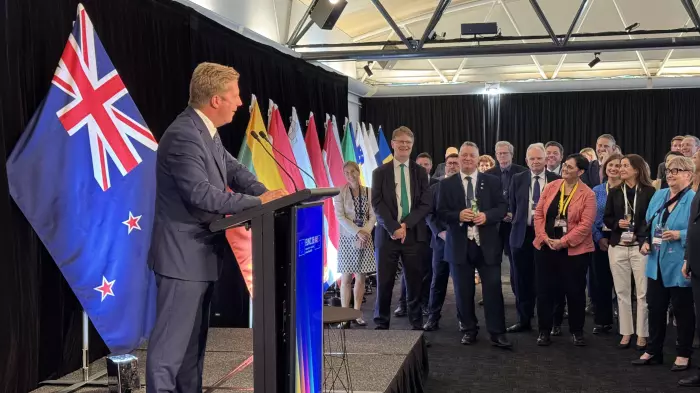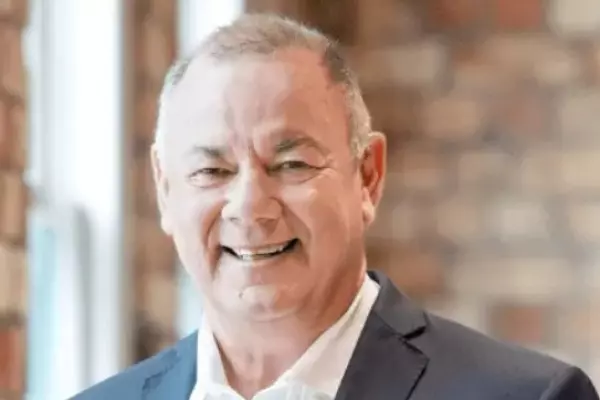The government has formally launched the political year by announcing where it will build the 8,000 state houses announced in last year's Budget.
The announcement comes ahead of today's Labour caucus retreat in Nelson, held under the shadow of growing threats of new, more infectious strains of covid-19 and against the backdrop of runaway house price inflation.
The timing of the release highlights the government's concerns about being seen to address the lack of affordable housing in many parts of the country and the growing public housing waiting list. Yesterday, the state housing register showed a rise of almost 1,000 in just two months, up to 22,409, as of November 2020.
The 'Public Housing Plan 2021-2024' breaks down where 8,000 additional public and transitional housing places, announced in Budget 2020, will go.
All up, that is expected to come with a $5 billion price tag, though it represents a reset on Labour's failed ‘10,000 homes a year’ KiwiBuild promise, made in 2017.
In its second term, Labour appears to be doubling down on the capacity its own government house-building agency, Kainga Ora, to deliver substantial volumes of new housing as not only house prices, but also rental rates, race higher.
The plan stops short of unveiling any new house building initiatives, focusing instead “continuing its public house build programme at pace and scale,” according to Prime Minister Jacinda Ardern.
For Ardern and her government, it’s also a commitment to delivering more than 18,000 extra dwellings by 2024, noting “our public housing programme plays a key part in enabling more housing to be built through infrastructure investment and support for the construction sector.”
Housing Minister Megan Woods said the focus will be on building more public and transitional housing in regions where population growth “has significantly exceeded housing, leading to rent rises, housing shortages and deprivation.”
She said the latest plan was one part of a range of housing initiatives to address the crisis, which included the Housing First programme for chronic homelessness, progressive home ownership to help get families into homes and support for first home buyers.
First home buyers targeted
Woods said the government was also reviewing “market settings” to provide more help to first home buyers and come up with "innovative ideas" to increase the supply of affordable homes.
This is expected to be a key part of a further housing policy package to be announced in coming weeks after the government tasked housing and Treasury officials with fast-tracking new policies to address NZ's chronic housing affordability and supply problems.
Woods said the government expects to see more public housing delivered in regional centres and towns where housing demand is growing the fastest, as well as an increase in the “number of new build public housing and a progressive decrease in the proportion of private market homes leased for public housing.”
But there would be a focus on locations with high need and “where demand for public housing is the greatest."
North Island focus
Despite the announcements being made in Nelson, the focus is limited south of the Cook Strait, reflecting where population growth is most acute.
Under the plan, focus areas for investment have been identified as Northland, Bay of Plenty, Hamilton, Gisborne, Napier, Hastings, Whanganui and Palmerston North.
While the plan’s local area summaries accord Auckland with a ‘housing deprivation’ level of 45 percent, representing the number of people experiencing severe housing deprivation as a percentage of the national total, the latest plan does not prioritise the country's largest city.
Waikato's housing deprivation level is recorded at 9 percent, Bay of Plenty at 8 percent and Canterbury is rated at 7 percent, and isn’t rated as ‘urgent’.





